Sceloporus slevini
—
Slevin’s Bunch Grass Lizard
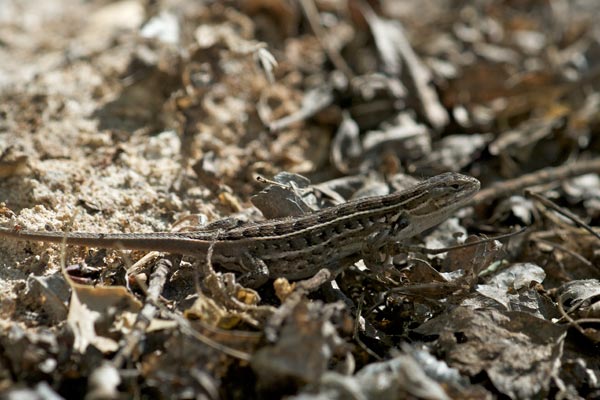
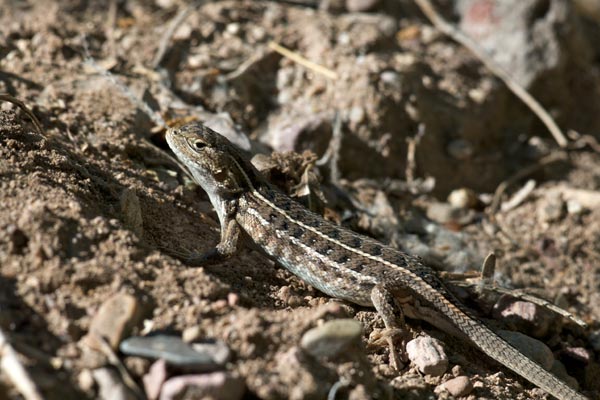
Male and female Bunchgrass Lizards are easy to tell apart. As in many such sexually dimorphic lizards, it's the male that is more brightly colored. The orange sides of the previous one mark it as a male, and this plainer individual is a female. From her bulging belly, she looks like she might have spent some time around the males recently.
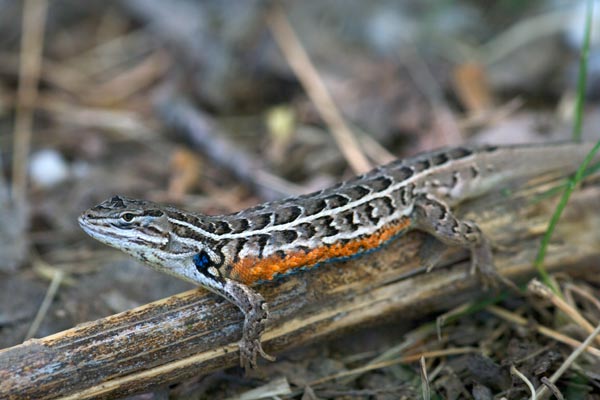
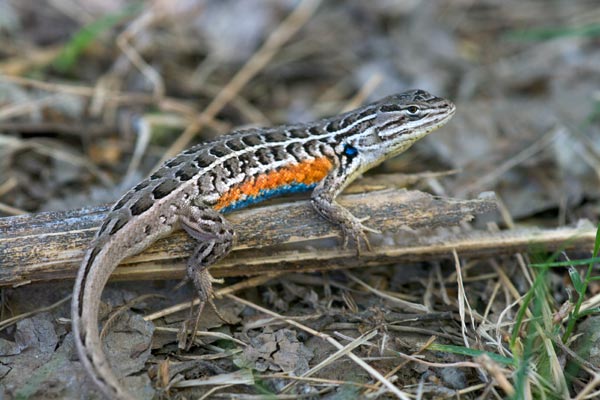
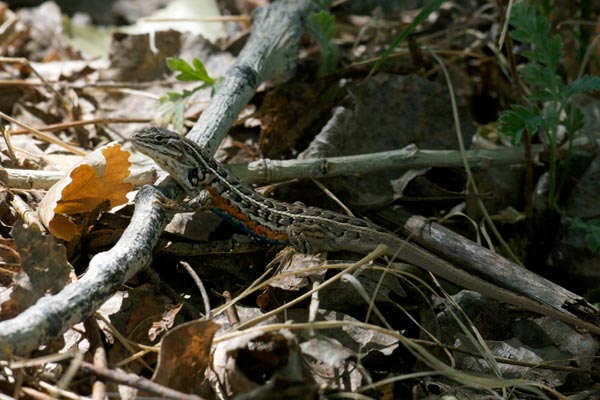
These pretty little fence lizard cousins are common where they are found, but their range in the United States is very small and their habitat preferences are very specific. When I was a kid I had seen the illustrations of these guys from early editions of Stebbins, and I had always hoped I would be able to see them someday.
Printed references:
- Behler, J. L., King, F. W. 1979. The Audubon Society Field Guide to North American Reptiles & Amphibians
- Brennan, T. C. and Holycross, A. T. 2006. A Field Guide to Amphibians and Reptiles in Arizona
- Crother, B. I. (ed.) 2017. Scientific and Standard English Names of Amphibians and Reptiles of North America North of Mexico, with Comments Regarding Confidence in Our Understanding, Eighth Edition
- Degenhardt, W. G., Painter, C. W., Price, A. H. 1996. Amphibians & Reptiles of New Mexico
- Smith, H. M. 1995. Handbook of Lizards: Lizards of the United States and Canada
- Stebbins, R. C. 2003. Peterson Field Guide to Western Reptiles and Amphibians, Third Edition